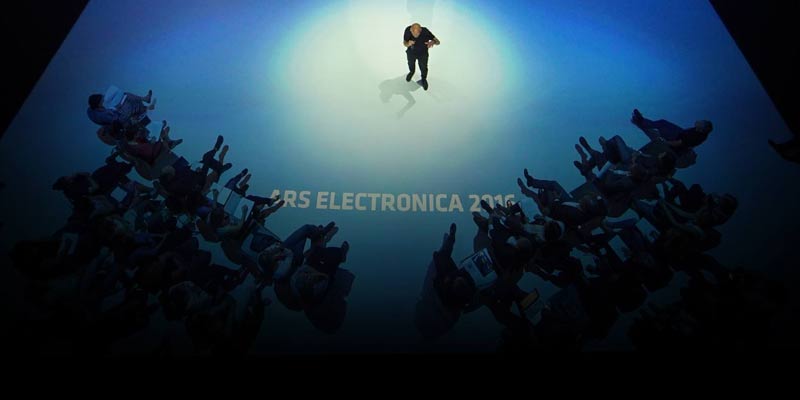Deep Space LIVE: Cinematic Rendering – The Heart and Major Blood Vessels
Thursday, June 7, 2018 / 7-8 PM
(Linz, June 5, 2018) Fascinating 3-D depictions of the human body are in store for those attending the next Deep Space LIVE on Thursday, June 7th at 7 PM. Dr. Franz Fellner, director of the Department of Radiology at Linz’s Kepler University Clinic, will provide insights into the anatomy of the heart and the major blood vessels, and discuss various surgical procedures involving them. Dr. Andreas F. Zierer, head of coronary, vascular and thoracic surgery at the Clinic, will be joining him for this presentation.
Cinematic Rendering
Images taken inside the human body enable us to better understand human anatomy, facilitate medical teaching as well as the planning of surgical procedures, and also make for better doctor-patient communication. These images are produced by techniques such as computed tomography (CT) and magnetic resonance imaging (MRI). Cinematic Rendering software developed by Siemens Healthineers is based on techniques used in the animated film industry; thus, its aim is to generate, on the basis of data delivered by CT and MRI scans, depictions that are as photorealistic as a Hollywood blockbuster! And that explains the reference to the movies in its name. In 2017, Cinematic Rendering was nominated for the German Future Prize.
Franz Fellner and Imaging Technology
Dr. Franz Fellner is director of the Institute of Radiology at Kepler University Clinic. For over 20 years, his work has focused on human anatomy, how the body functions, and the wide-ranging application possibilities of imaging procedures. He has given speeches worldwide and organized continuing professional education events on these topics since the 1990s.
http://www.flickr.com/photos/arselectronica/32243584376/
Cinematic Rendering / Siemens Healthineers / Fotocredit: Martin Hieslmair / Printversion
http://www.flickr.com/photos/arselectronica/29493126242/
Cinematic Rendering / Siemens Healthineers / Fotocredit: Florian Voggeneder / Printversion

